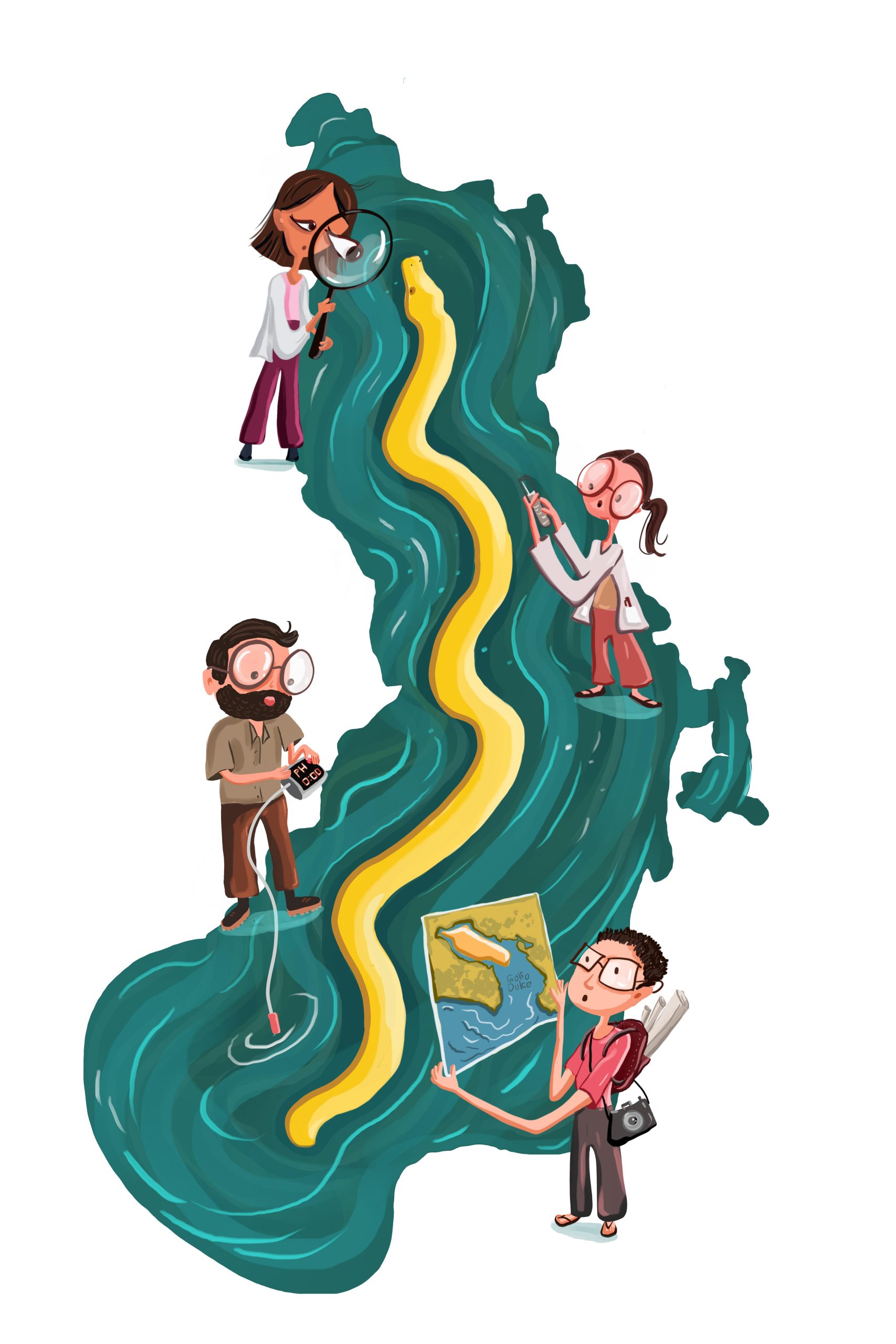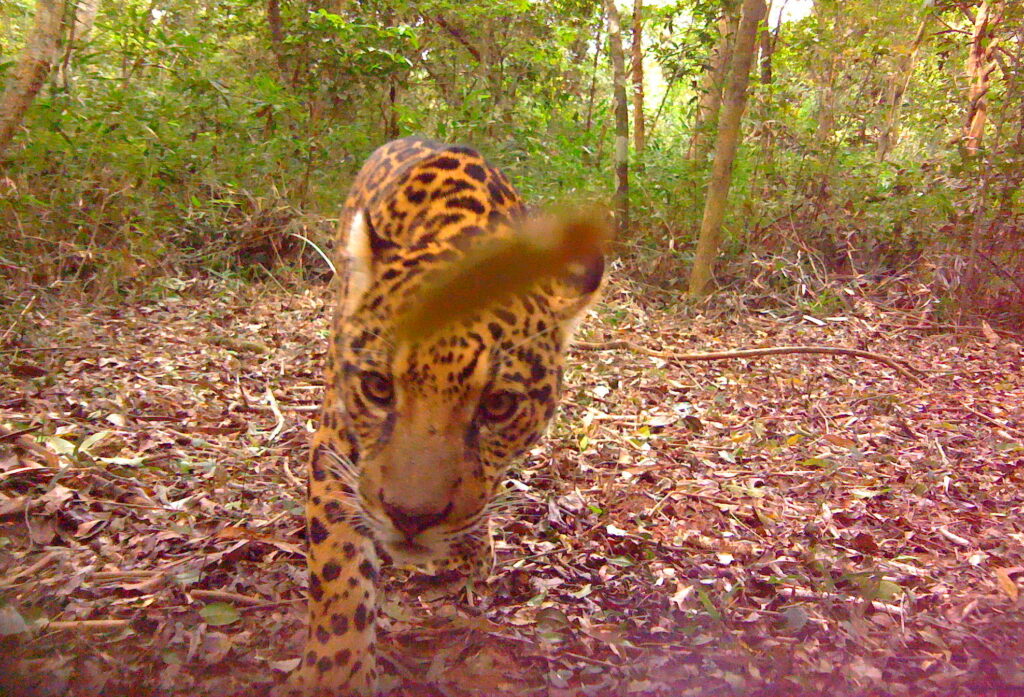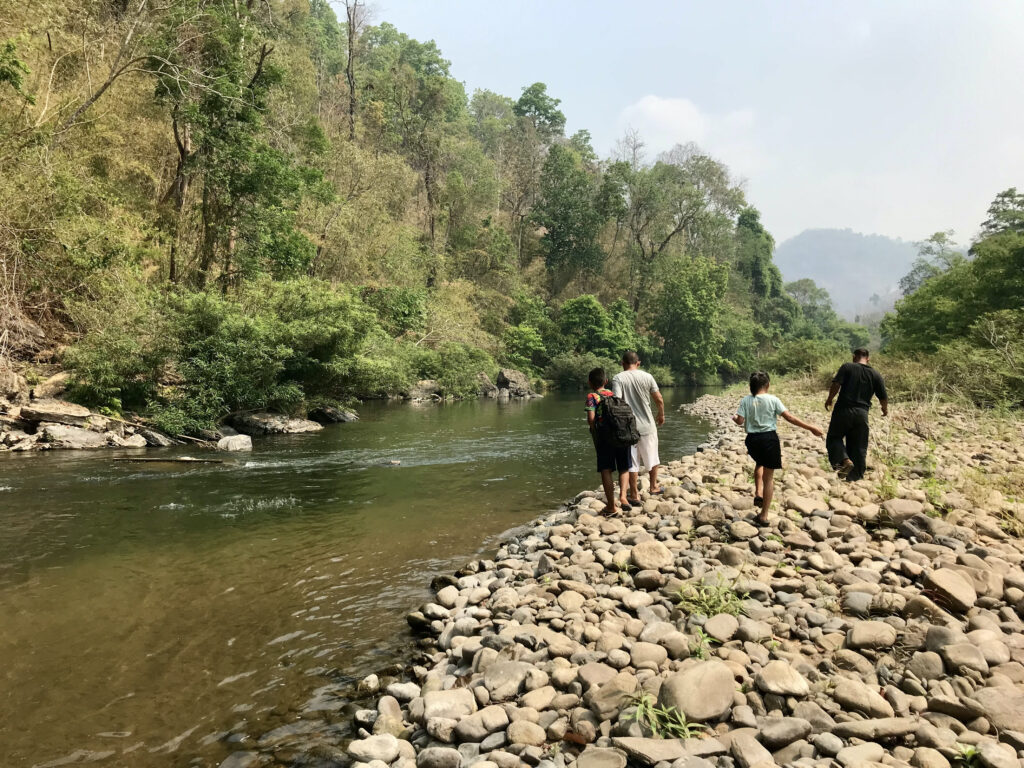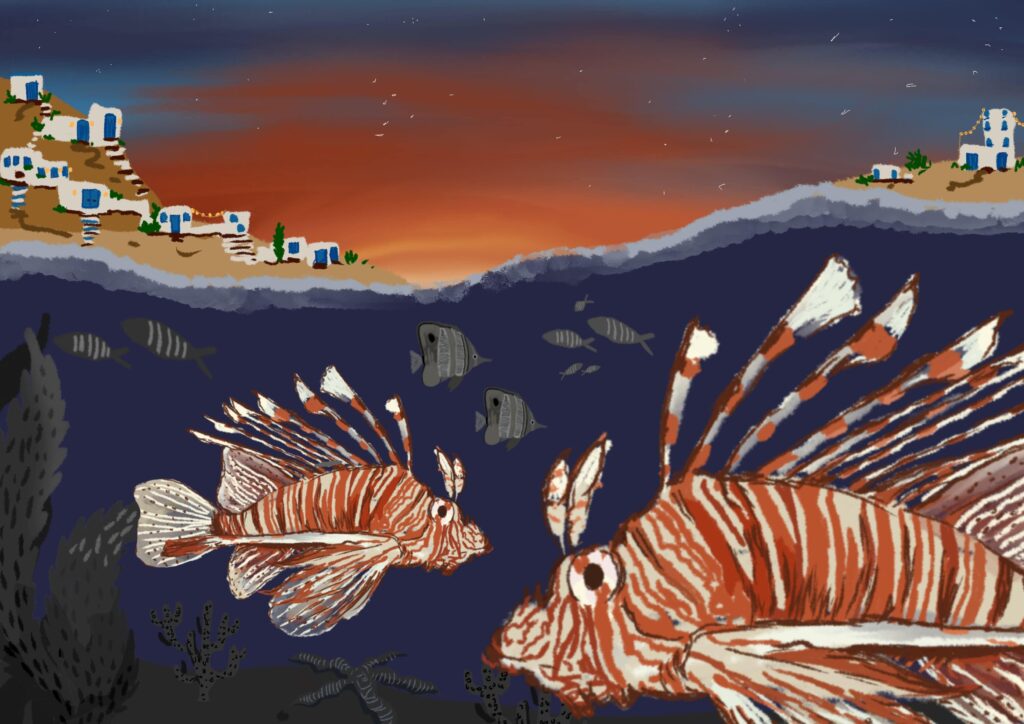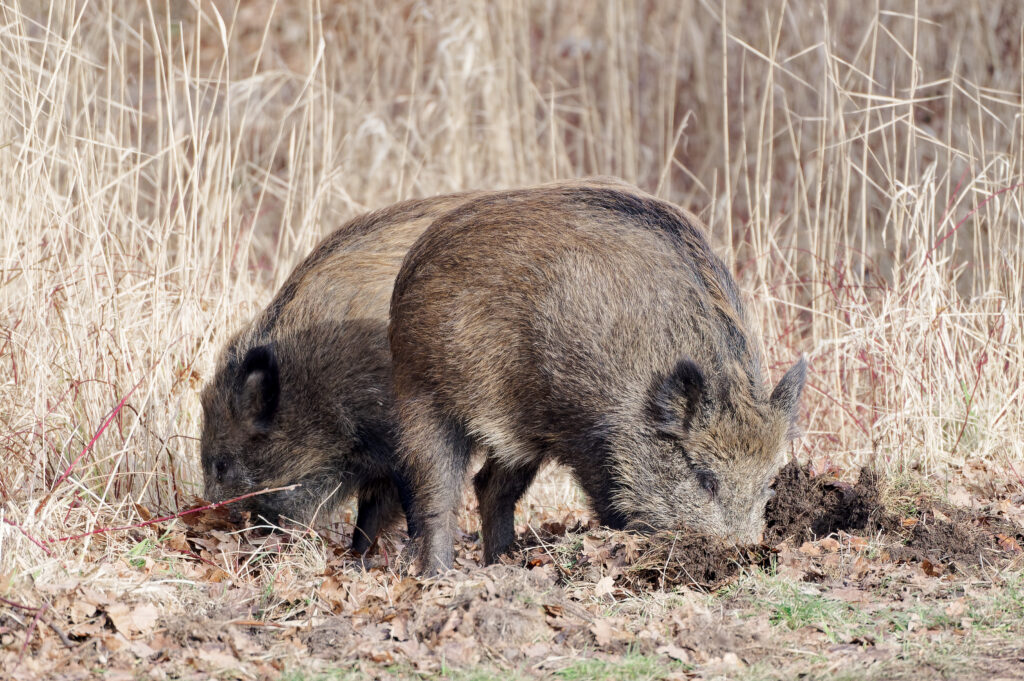As we grapple with biodiversity loss around the globe, endemic populations that evolve in single locations likely disappear at faster rates. Their long-term survival depends on scientists securing data to understand potential threats and inform conservation policy. Unfortunately, even basic information such as an organism’s habitat, its geographical range and factors that make its habitat suitable are often, and surprisingly, unknown—even for vulnerable taxa.
That was the case for the only sea snake endemic to the Americas. The bright yellow Hydrophis platurus xanthos, “Xanthos” for short, is found only in Golfo Dulce—a narrow tropical fjord in Costa Rica. The population of this curious sea snake is confined to a deep inner basin, isolated from the Pacific Ocean by a shallow outer basin. Based on our 2023 study of its range and habitat, Xanthos occupies just 260 square kilometres—an area small enough and threatened enough for this subspecies to be listed as Endangered on the International Union for Conservation of Nature (IUCN) Red List.
Using computer models to evaluate its environment, we found that Xanthos prefers deep waters. Indeed, the near-surface layers where it breathes, feeds and rests, are almost exclusively positioned over depths greater than 100 m (the maximum depth in Golfo Dulce is 215m). We also found that Xanthos favours slightly brackish waters with a salt concentration of about 3.1 percent, as opposed to the oceanic average of 3.5 percent. And it remains in areas with pH values closer to the historic oceanic level of 8.2 and higher levels of dissolved oxygen. These preferences indicate that climate change-driven ocean acidification and deoxygenation could threaten the population.
Climate change is leading to higher water temperatures which may bring other challenges too. Golfo Dulce is already relatively warm, with daytime temperatures greater than 32ºC, compared to an average of 28ºC in the open ocean. It is hypothesised that Xanthos has adapted to its warm habitat by evolving a lighter skin colour as well as a nocturnal activity cycle. Our research also shows that the snakes surface when top waters are cooler than average, perhaps to avoid excessive heat. If temperatures continue to rise, will Xanthos be able to adapt further?
Sadly, climate change is not the only threat to the population. While many still consider Golfo Dulce pristine, human impacts are rapidly increasing, including boat and ship traffic, as well as chemical runoff from marinas, communities and farms. Landlocked to the north and bound by shallows to the south, Xanthos cannot migrate elsewhere and so is left to face the dangers of propeller strikes and pollution. Protective action must be taken soon to safeguard this unique endemic subspecies.
It’s worth noting that sea snakes can serve as bioindicators, forewarning of habitat decline. So, Xanthos could be a harbinger of change, the proverbial canary in Golfo Dulce. That means its’ well-being is relevant to other species in Golfo Dulce. Endangered sea turtles, sharks and corals are all confronting the effects of seaside development and climate change, and their fates are interlinked. Thus, maintaining healthy habitat for these charismatic canary-coloured serpents will help ensure a vibrant future for all marine life in Costa Rica’s unique tropical fjord.
Further Reading
Bessesen, B. L. B., C. Garrido-Cayul and M. González Suárez. 2023. Habitat suitability and area of occupancy defined for rare New World sea snake. Conservation Science and Practice 5(1): e12865. doi.org/10.1111/csp2.12865.
Bessesen B, V. Udyawer, J. M. Crowe-Riddell, H. Lillywhite and K. Sanders. 2024. Hydrophis platurus ssp. xanthos. The IUCN Red List of Threatened Species. https://www.iucnredlist.org/species/239753560/239753681.
